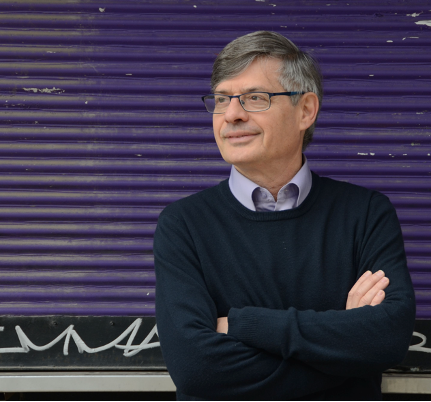Q&A: Katz Center Fellow Hannah Zaves-Greene Talks Disability Studies and American Jewish History
Natalie Dohrmann (NBD): Hannah, tell us a bit about your scholarly interests, what drew you to them, and what especially excites you about them personally and/or intellectually?
 Raanan Rein: Rather than being a scholarly field in itself, Jewish Latin American studies should be viewed as a subfield of both Latin American studies and Jewish studies. For many years Jewish Latin American studies fell outside of the main parameters of the two abovementioned fields.
Raanan Rein: Rather than being a scholarly field in itself, Jewish Latin American studies should be viewed as a subfield of both Latin American studies and Jewish studies. For many years Jewish Latin American studies fell outside of the main parameters of the two abovementioned fields.